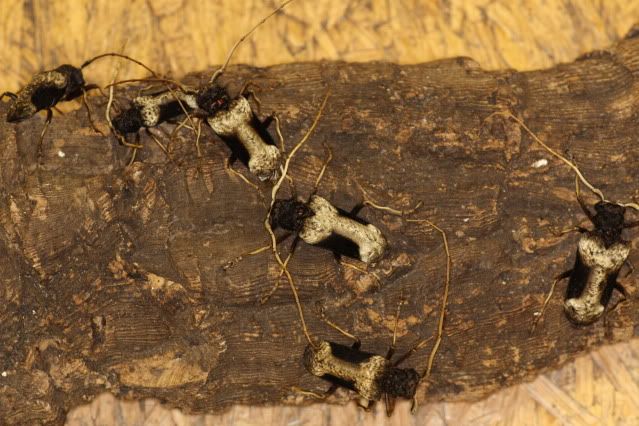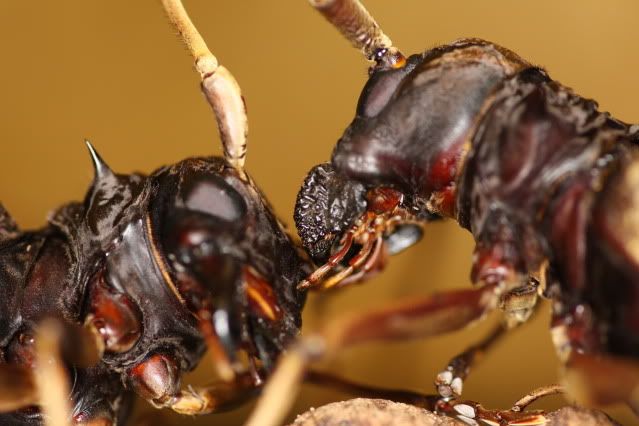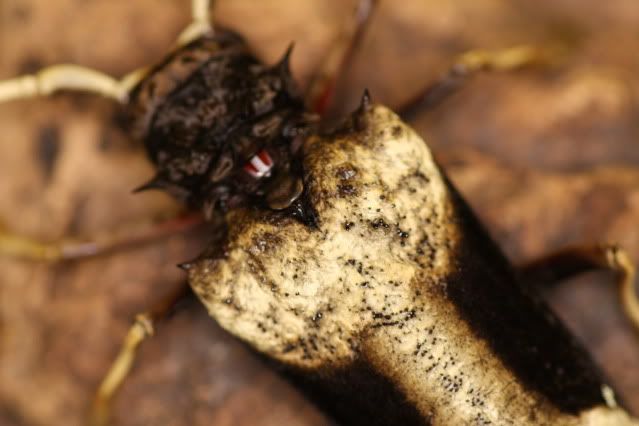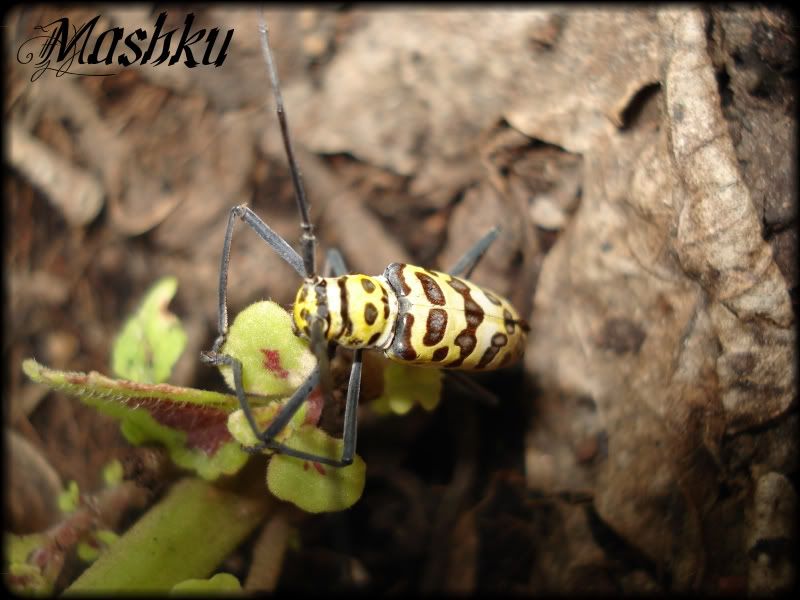Cottonwood borers are indeed impressive beetles! Love their color.
I do not have experience with keeping this species. The main issue with keeping their larvae in captivity is providing them the proper food - they need the live tree to feed on. Most longhorn beetles of this type feed on the phloem under the bark, and they will not accept a dead/rotting wood. This can sometimes be solved if the tree roots easily from cuttings, then you just put a piece of thick branch in a moist jar (with moist sawdust) then it roots even while the larva feeds on it. This is possible with fig and ficus trees for example. I am not sure if this is possible with Cottonwood - but you might want to try.
Alright, I've done the research. Cottonwood trees can be propagated via clippings.
So, yesterday, I went over to my neighbor's house and, with his permission, I cut 10 newer shoots from his cottonwood trees. The clippings are about 6 to 8 inches long.
I then made a soil mixture of sand, potting soil, and cow manure compost. Sorry, I really didn't measure anything out, so I don't have the exact ratios. I kind of played around with the soil, sand, and compost mix until I achieved the look and feel as if the soil had come from an area somewhat near the bank of a creek.
Then, I poured my soil mixture into some 4 inch deep clay pots my wife had laying around.
Next, I took the clippings and made splits with a sharp knife on all of the basal ends (the ends which will eventually be the roots). Basically, the splits are made by cutting the basal end flat, then making a 3/4" deep X cut on the basal ends so that you can splay that section apart. You then keep it splayed open by cramming a small pebble into the center of the X. This gives the clipping more surface area to develop roots.
After that, I dipped the basal ends into a dry growth hormone powder---I used Miraclegro Fastroot from Lowe's Hardware Store (basically, anything with Indole-3-butyric acid should work).
I then took the clippings and planted the treated basal ends into individual clay pots containing my soil mix, sticking the clippings about 2 inches down into the mix.
Finally, I watered the soil. Now, it's a waiting game.
If everything works out, I guess I should see some roots forming in a few weeks.
Once the roots get established, I'll have to buy some larger pots and transfer the clippings before they get too root-bound.
I'm thinking I'm going to have to figure out how to contain the roots once the trees get larger. From what I can tell by looking at my neighbor's trees, the root system is massive on these cottonwoods!
Maybe I need to look into some sort of "Bonsai'd" poplar or willow tree...
Cheers












